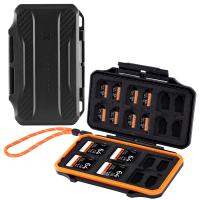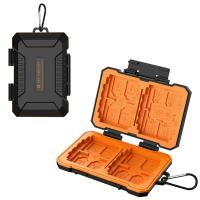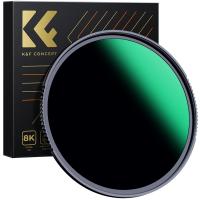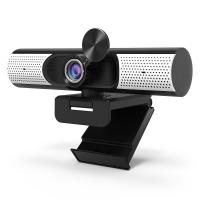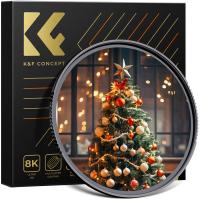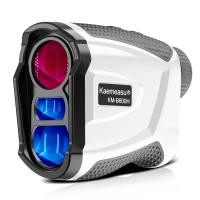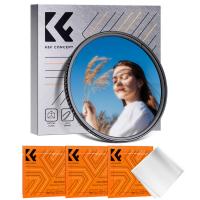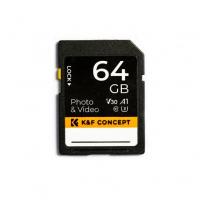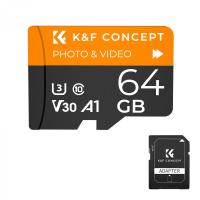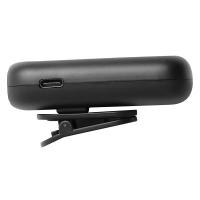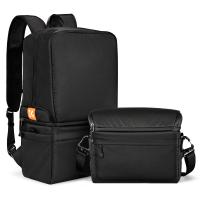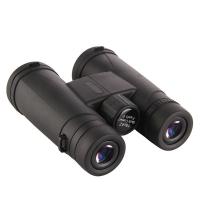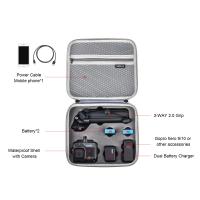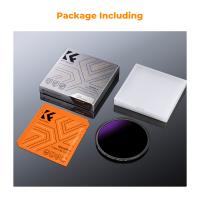Can Sd Cards Store Music?
The Versatility of SD Cards for Music Storage: An In-Depth Analysis

In the ever-evolving landscape of digital technology, SD cards have become a staple in our everyday lives. These small, portable storage devices are widely used across various applications, from photography to mobile devices. Among their many uses, storing music is one of the most popular and practical. This article explores the intricacies of using SD cards for music storage, addressing common concerns, practical uses, and tips for maximizing their efficiency.
---
Understanding the Basics of SD Cards
Secure Digital (SD) cards are flash memory devices that come in a range of capacities and formats. They are categorized by their size (standard, mini, micro), speed class, and storage capacity. The standard sizes are typically used in larger devices like cameras, while microSD cards are preferred for compact gadgets like smartphones.
When it comes to storing music, the size and capacity of an SD card are crucial. Most modern SD cards are designed to store vast amounts of data, ranging from a few gigabytes (GB) to several terabytes (TB), making them ideal for large music libraries. Their portability and durability further enhance their suitability for this purpose.
---
Why Use SD Cards for Music Storage?
The appeal of SD cards for music storage lies in several key advantages:
1. Portability: SD cards are lightweight and small, making them easy to carry and perfect for mobile music needs.
2. Compatibility: Most music-playing devices, including smartphones, MP3 players, tablets, and car stereo systems, support SD cards. They are also compatible with computers for transferring music files.
3. Capacity: With high-capacity SD cards, users can store thousands of songs in various formats, from MP3 to high-resolution audio like FLAC or WAV.
4. Cost-Effectiveness: Compared to other storage options, SD cards are relatively inexpensive, especially considering their storage capacities.
5. Ease of Use: SD cards can be quickly removed, replaced, or upgraded, providing flexibility for users who frequently update or reorganize their music libraries.
---
Practical Applications of SD Cards for Music
1. Personal Use
For music enthusiasts who prefer offline music libraries, SD cards are an excellent solution. They allow users to create extensive collections of songs, albums, or playlists that can be accessed without relying on internet connectivity.
2. Professional DJs and Musicians
SD cards are indispensable tools for DJs and musicians who need portable, reliable storage for music tracks and audio samples. Their compact size makes them ideal for live performances or studio work.
3. Automotive Entertainment
Many modern vehicles are equipped with SD card slots for music playback. Drivers and passengers can enjoy custom playlists during road trips without depending on streaming services.
4. Backup and Archiving
SD cards serve as a reliable medium for backing up music collections. They are particularly useful for archiving older libraries that might otherwise be lost due to hardware failures.
---
Choosing the Right SD Card for Music
Selecting the right SD card depends on specific needs. Here are the key factors to consider:
1. Storage Capacity
For storing music, the card’s capacity must match the size of your library. A 32GB card can hold approximately 8,000 MP3 files at 4MB each, while a 256GB card accommodates significantly more, including high-resolution audio files.
2. Speed Class
SD cards are categorized by speed classes, which affect their performance. For music storage, even Class 2 or Class 4 cards are sufficient, but higher classes (e.g., Class 10, UHS-I) are better for transferring large files quickly.
3. Reliability and Durability
Brands known for reliability, such as SanDisk, Samsung, and Kingston, are recommended. Look for cards with features like waterproofing, shock resistance, and temperature tolerance to protect your music collection.
4. Device Compatibility
Ensure the SD card is compatible with the intended playback device. Check the device’s specifications to confirm supported formats and capacities.
---
Best Practices for Using SD Cards for Music
1. Organize Your Files
Create folders and subfolders to organize music by artist, album, or genre. This makes it easier to navigate your library on playback devices.
2. Regular Backups
Although SD cards are reliable, they are not immune to failure. Regularly back up your music files to a secondary storage device or cloud service.
3. Avoid Overloading
Leaving some free space on the SD card helps maintain its performance and longevity. A full card can slow down access times.
4. Handle with Care
Avoid exposing SD cards to extreme temperatures, moisture, or physical stress. Use protective cases when transporting them.
5. Format the Card Periodically
Formatting the SD card occasionally can improve its performance and eliminate file system errors. Be sure to back up your data before formatting.
---
Addressing Common Concerns
1. Sound Quality
There is no difference in sound quality between music stored on an SD card and other storage media, provided the file itself is of high quality. Ensure you use high-resolution audio files if sound quality is a priority.
2. File Corruption
While rare, file corruption can occur due to improper handling or malware. Regular backups and proper removal from devices can minimize risks.
3. Playback Issues
Compatibility issues may arise if the SD card is not formatted correctly or if the device doesn’t support the card’s file system. Using universally supported formats like FAT32 or exFAT can solve most problems.
---
Emerging Trends: The Future of SD Cards for Music
With advancements in SD card technology, their potential for music storage continues to grow. Innovations such as faster UHS-II and UHS-III cards, larger storage capacities, and enhanced durability are expanding their capabilities. Additionally, SD cards are increasingly being integrated into smart devices, creating seamless ecosystems for music playback and management.
---
Conclusion
SD cards are a versatile and efficient solution for music storage, offering unmatched portability, capacity, and ease of use. Whether you are an audiophile curating a personal library, a DJ seeking a portable solution, or a casual listener enjoying tunes on the go, SD cards provide a reliable and affordable option. By choosing the right SD card and following best practices, you can enjoy a seamless music experience while safeguarding your valuable collection.
In a world where digital content is paramount, SD cards remain an indispensable tool for music enthusiasts everywhere. Their flexibility and practicality make them not only a viable choice but often the best choice for those looking to manage their music libraries effectively.


